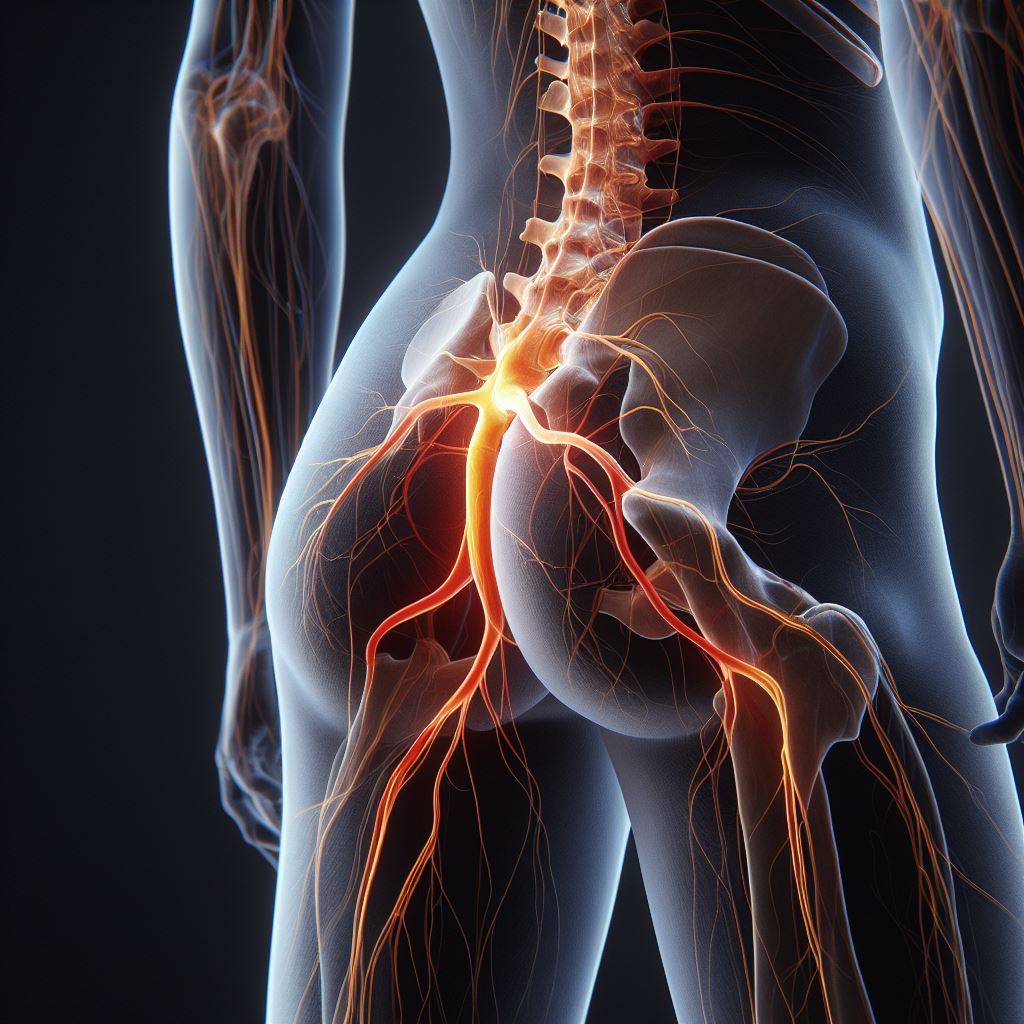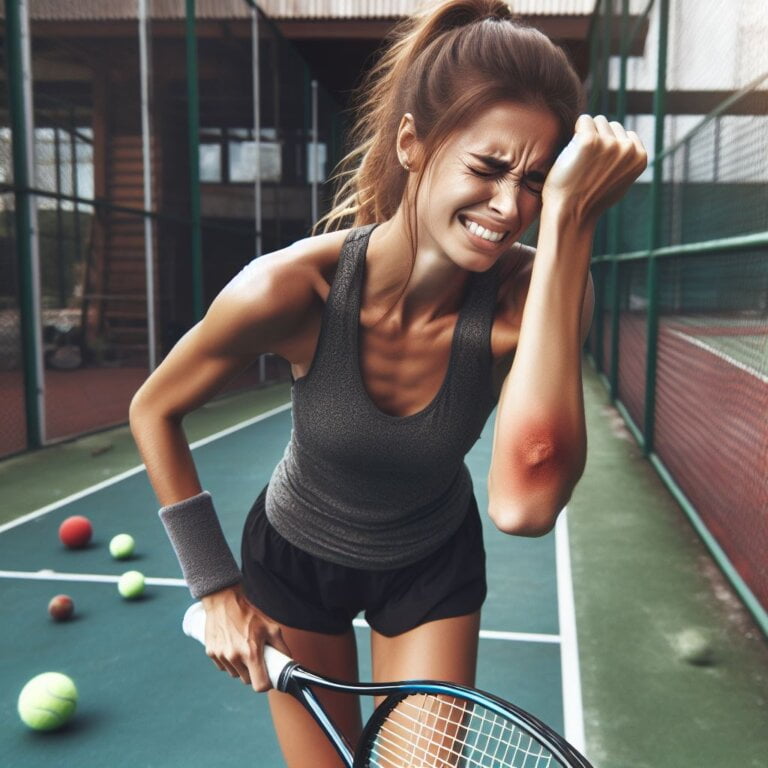In the realm of sports, the management of sciatic pain is paramount to ensuring the well-being and optimal performance of athletes.
This article delves into the efficacy of sports massage and cupping therapy as effective means of alleviating sciatic pain.
By loosening tight muscles, preventing nerve root irritation, and enhancing blood flow, these non-invasive therapies offer respite from the symptoms of sciatic pain.
Incorporating these treatments into an athlete’s routine can play a pivotal role in injury prevention and post-event recovery.
Ultimately, these therapies support an athlete’s overall well-being and success in the world of sports.
Key Takeaways
- Forceful impacts in sports can compress the sciatic nerve, leading to sciatic pain.
- Sports massage can help alleviate sciatic pain by loosening tight lower back muscles and preventing irritation or pinching of the nerve roots.
- Cupping therapy, in conjunction with sports massage, can be used to reduce sciatic pain in athletes by increasing blood flow and reducing muscle tension.
- Regular sports massage therapy can help athletes recover from injuries, prevent future injuries, and enhance athletic performance.
Causes of Sciatic Pain in Sports

The causes of sciatic pain in sports can vary from forceful impacts and traumatic movements to muscle tightness and herniated discs.
Forceful impacts in sports can compress the sciatic nerve, leading to pain and discomfort. Traumatic impacts and forceful movements can also result in nerve root compression, causing sciatic pain.
Muscle tightness and irritation in the lower back can contribute to this condition as well. Additionally, herniated or bulging discs can cause compression of the nerve roots, leading to sciatic pain.
Understanding these causes is crucial for athletes to prevent and manage sciatic pain. Prevention strategies include proper warm-up exercises, maintaining good posture, and incorporating strength and flexibility training into sports routines.
Common sports-related injuries that can contribute to sciatic pain include falls, collisions, and repetitive motions that put strain on the lower back.
Symptoms and Risks of Sciatic Pain in Sports
Compression of the sciatic nerve in sports can lead to symptoms such as pain, numbness, weakness, or tingling, posing risks for athletes involved in high-impact activities. Understanding the symptoms and risks associated with sciatic pain in sports is crucial for athletes to prevent and manage this condition effectively. Here are some key points to consider:
- Impact on athletic performance: Sciatic pain can significantly impact an athlete’s performance by limiting their mobility, strength, and flexibility. It can affect their ability to compete at their best and may lead to decreased performance or even withdrawal from sports activities.
- Athletes at risk: Athletes participating in sports that involve forceful impacts or traumatic movements, such as golfers, wrestlers, and football players, are particularly susceptible to developing sciatic nerve pain. These sports pose a higher risk of sustaining hits to the lower back, which can lead to compression of the sciatic nerve.
- Increased likelihood of disc herniation: Traumatic impacts in sports can also cause herniated or bulging discs, which further increase the risk of nerve root compression and subsequent sciatic pain. Athletes need to be aware of this potential consequence and take preventive measures to protect their spinal health.
- Prevention strategies: To prevent sciatic pain in sports, athletes should focus on strengthening their core and back muscles, maintaining proper posture, warming up adequately before engaging in high-impact activities, and using proper techniques and equipment. Implementing these prevention strategies can help reduce the risk of sciatic pain and promote optimal athletic performance.
Benefits of Sports Massage for Sciatic Pain Relief
Sports massage offers numerous benefits for relieving sciatic pain in athletes. Through specific techniques targeting the affected area, sports massage can effectively alleviate symptoms and promote healing.
One of the main benefits of sports massage for sciatic pain relief is the ability to loosen tight lower back muscles. By reducing muscle tightness, sports massage helps to prevent irritation or pinching of the nerve roots, which can contribute to sciatic pain.
Additionally, sports massage therapy stimulates the release of pain-fighting endorphins, providing temporary relief from sciatic pain symptoms. Regular sports massage sessions can also aid in injury recovery and improve athletic performance.
It is important for athletes to consult with a skilled massage therapist who can tailor the treatment to their specific needs and recommend the best exercises for sciatic pain relief.
Cupping Therapy for Sciatic Pain Relief
Cupping therapy offers a non-invasive and drug-free option for managing sciatic pain in athletes. Here are the benefits of cupping therapy for athletes:
- Increased blood flow: Cupping therapy helps to increase blood circulation to the affected area, promoting healing and reducing inflammation.
- Reduction of muscle tension: The suction created by the cups helps to release tight muscles, relieving the pressure on the sciatic nerve and reducing pain.
- Improved range of motion: Cupping therapy can help athletes regain their range of motion by loosening tight muscles and improving flexibility.
- Enhanced recovery: By improving blood flow and reducing muscle tension, cupping therapy can aid in the recovery process and accelerate healing.
When compared to other pain relief methods for sciatic pain in sports, cupping therapy stands out for its non-invasiveness and lack of side effects. It provides athletes with a natural and effective alternative for managing sciatic pain and promoting optimal performance.
Incorporating Sports Massage Into an Athlete’s Routine
One effective approach to incorporating sports massage into an athlete’s routine is by scheduling regular sessions with a qualified massage therapist. Sports massage offers numerous benefits for athletes, including pain relief, injury prevention, and enhanced performance.
Athletes can benefit from sports massage both before and after sports events. Pre-event sports massage helps to prepare the body for physical activity by increasing flexibility, improving blood flow, and reducing muscle tension. This can help athletes perform at their best and reduce the risk of injuries.
Post-event sports massage aids in the recovery process by reducing muscle soreness, promoting relaxation, and improving circulation. Additionally, sports massage can help athletes prevent overuse injuries by addressing muscle imbalances and promoting proper alignment.
It is important for athletes to prioritize rest and recovery in their training routine, as this allows the body to repair and rebuild tissues, reduce inflammation, and prevent injuries. Incorporating sports massage into an athlete’s routine can contribute to their overall well-being and athletic success.
Frequently Asked Questions
Are There Any Specific Sports That Are More Likely to Cause Sciatic Pain?
Specific sports that may cause sciatic pain include soccer and weightlifting. These activities involve forceful impacts and movements that can compress the sciatic nerve or lead to nerve root compression, increasing the risk of developing sciatic pain.
Can Sciatic Pain Be Caused by Muscle Imbalances or Poor Posture in Athletes?
Muscle imbalances and poor posture in athletes can contribute to the development of sciatic pain. Addressing these issues through corrective exercises and posture correction techniques can help alleviate symptoms and prevent further injury.
How Long Does It Typically Take to See Results From Sports Massage Therapy for Sciatic Pain Relief?
The timeline for sciatic pain relief through sports massage therapy varies depending on factors such as the severity of the condition and the individual’s response to treatment. It is important to consult with a qualified massage therapist for an accurate assessment.
Is Cupping Therapy Suitable for All Athletes With Sciatic Pain, or Are There Certain Conditions Where It Should Be Avoided?
Cupping therapy for sciatic pain relief in athletes should be approached with caution. While it can be beneficial for some, certain conditions may necessitate avoidance. It is important to consult with a massage therapist to determine the best treatment options for individual athletes.
Are There Any Specific Stretching Exercises or Warm-Up Routines That Can Help Prevent Sciatic Pain in Sports?
Stretching routines and warm-up exercises can help prevent sciatic pain in sports. Athletes in sports with higher risk should focus on addressing muscle imbalances and maintaining good posture to reduce the likelihood of developing sciatic pain.
Conclusion
In conclusion, the management of sciatic pain in sports requires effective methods such as sports massage and cupping therapy. These non-invasive treatments provide relief by loosening tight muscles, reducing nerve root irritation, enhancing blood flow, and reducing muscle tension.
By incorporating these therapies into an athlete’s routine, they can prevent injuries, aid in post-event recovery, and support their overall well-being. The irony lies in the fact that these seemingly unconventional methods can play a crucial role in the success of athletes in the world of sports.





















